Electrical safety
For your safety, power lines are high up in the air and buried beneath the ground, away from you. However, sometimes storms can bring lines down. Because you can't tell if a power line is energized just by looking at it, always take caution and assume that any downed power lines are live.
Follow the safety precautions below to help prevent serious or fatal injuries. Please review this information with your family or workforce.
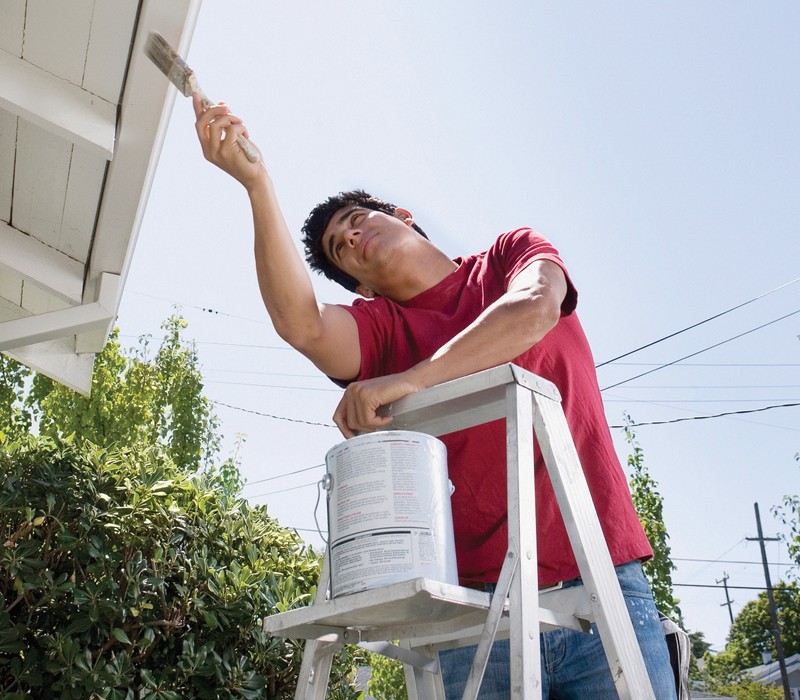
Please follow these safety precautions
- Outdoors
- Indoors
- Safety for children

Look up for overhead lines
Always be aware of the location of overhead power lines. Before you start your back yard or outdoor project, look up!

Lifting items
Be careful not to lift or move any long or tall items such as gutters, ladders or irrigation pipes near power lines – they can conduct electricity through you. Stay at least 10 feet away from the line and anything that may be touching the line.

Call before you dig
Call 811 at least 48 hours before you dig to have underground lines located. Remember to call before you plant a tree, dig holes for fence posts or install underground sprinklers.

Stay away from downed lines
NEVER touch or go near a fallen power line. Do not touch or go near anything that a wire is touching. Stay at least 35 feet away. Always assume a downed line is energized. Call 911 and then call us at 1-888-221-7070 for help.

If a power line falls on your car
If a power line falls across your car while you are inside: Stay inside the vehicle because attempting to leave could electrocute you. Drive the car away from the power line if possible; if not, stay put until help arrives.

If you must exit the car
If a power line falls across your car and you must exit the car due to fire or other life-threatening emergency: Position yourself, without touching the ground, so that you can JUMP clear of the vehicle. As you jump, fold your arms in front of you so you are not touching the vehicle and jump landing with both feet on the ground at the same time. After landing on the ground, shuffle further away, keeping both feet touching the ground at all times. Shuffle at least 35 feet away.

Prune trees safely
Be sure to check for power lines in or near trees before pruning branches. If a power line is near, call us at 1-888-221-7070.
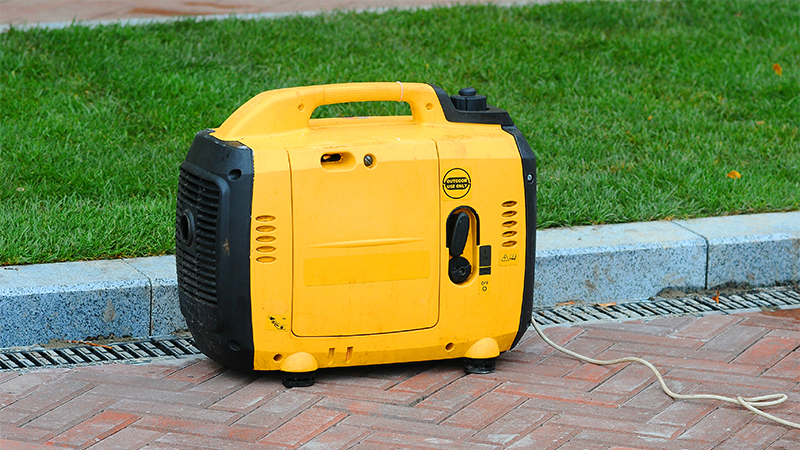
Use generators safely
Follow the manufacturer's recommendations for safe use of portable electric generators and portable power stations. Generators require proper storage, access to fuel and regular safety checks.

Flying kites and drones
Fly kites, balloons (especially foil-coated balloons), drones and model aircraft in large, open areas away from overhead power lines.

In the winter

Water and electricity don't mix
Always keep appliances like hair dryers away from water, and make sure your hands are dry when using them.

GFCI outlets
Outlets near water sources should have Ground Fault Circuit Interrupters (GFCIs) to shut off power in time to prevent serious injury. These outlets include "test" and "reset" buttons.

Childproof outlets
Childproof electrical outlets.

Cords & extension cords
Replace appliances with worn or frayed cords. Use devices with UL label, and never exceed a cord or extension cords' load rating.
Fun activities for kids and teens
Explore games and videos to learn about electrical safety:

Don't climb power poles
Never climb power poles, transmission towers or substation fences. If a tree is near a power line, do not build forts or climb in it.

Flying kites and drones
Fly kites, balloons (especially foil-coated balloons), drones and model aircraft in large, open areas away from overhead power lines.

Don't enter substations
Never enter a substation to retrieve balls or toys. The equipment is dangerous.

Pad-mounted transformers
Don’t play on or dig near pad-mounted transformers (big, green metal boxes found in neighborhoods and parks).
More safety resources

Wildfire safety
Understand safety precautions that you can take to help reduce wildfire risk.
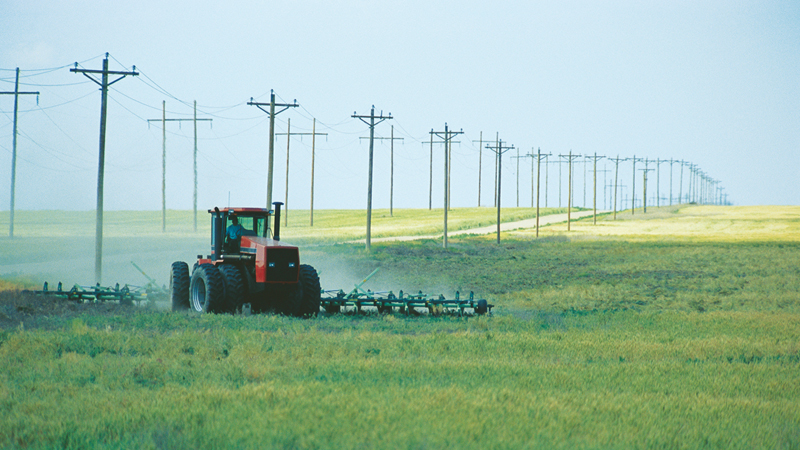
Farm and ranch
Avoid equipment accidents, and learn how to work safely around power lines and irrigation systems.
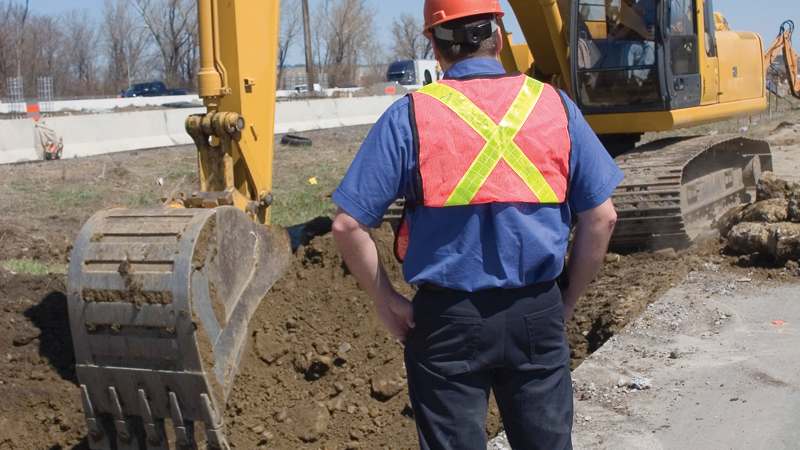
Contractors
Be sure to maintain a 20-foot circle of safety and carefully manage heavy equipment near power lines.
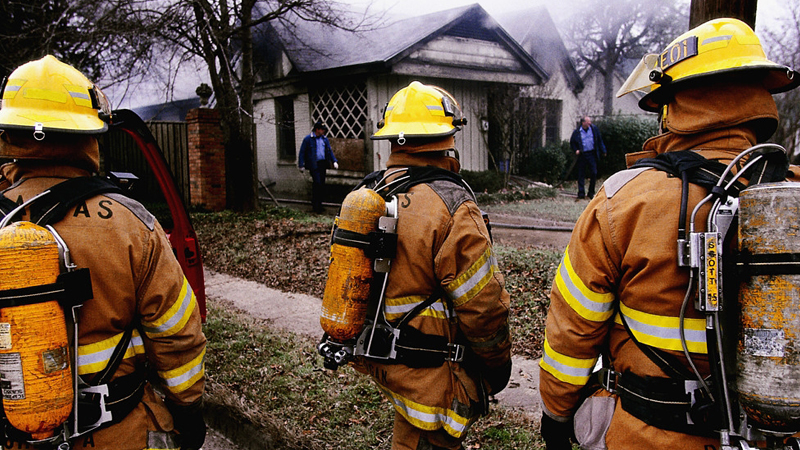
First responders
Increase your awareness of electrical hazards to watch out for at an emergency scene.
Safety education materials
Safety near dams and waterways
Reservoirs, dams, rivers and streams are available for swimming, fishing and boating. If you plan to visit a recreational area, such as those offered by our company, please use caution around dams and waterways. Follow posted notices and watch over children.
Electric and magnetic fields
Electric and magnetic fields (EMF) are found wherever there is electric power. Learn more about the effects of 60-hertz (power frequency) EMF and practical tips you can use to reduce your exposure at home and at work.